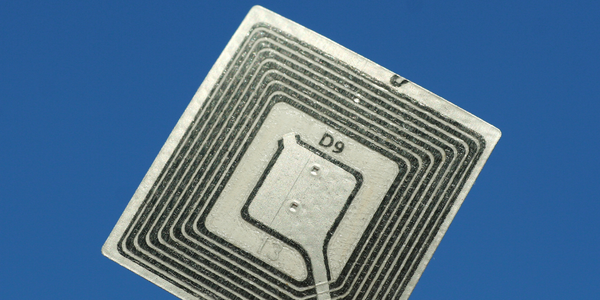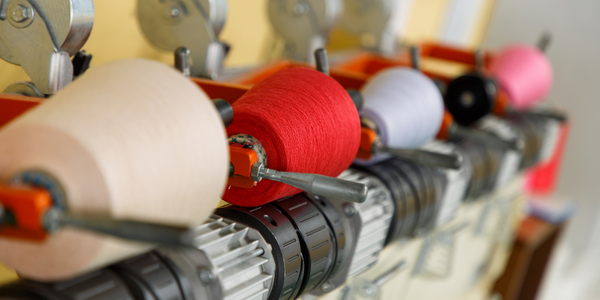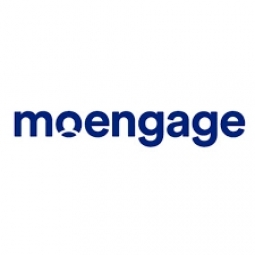适用行业
- 服装
- 电子商务
适用功能
- 采购
- 销售与市场营销
关于客户
SIVVI.COM 是一家领先的在线零售商,总部位于阿拉伯联合酋长国迪拜。他们专门销售流行的男女服装、鞋类和配饰。作为电子商务平台,他们面临着购物车和浏览放弃的共同挑战,这导致其网站的转化率较低。尽管面临这一挑战,他们仍致力于寻找创新的解决方案来提高客户参与度并增加销售额。
挑战
SIVVI.COM 是一家总部位于迪拜的领先在线零售商,该公司正在努力解决电子商务行业的一个常见问题——浏览和购物车放弃。这个问题导致其网站的转化率较低。在电子商务领域,众所周知,很大一部分访问者放弃了购物车,这一比例高达 69%。 SIVVI.COM 也不例外,由于这种高放弃率,他们正在失去潜在的销售。
解决方案
为了应对浏览和放弃购物车的挑战,SIVVI.COM 求助于 MoEngage 的动态电子邮件重新定位和智能触发器。在 MoEngage Dynamic emails 的帮助下,SIVVI.COM 无需任何技术支持即可创建个性化电子邮件。这些电子邮件用于提醒用户他们浏览过或留在购物车中的商品,有效地重新定位那些放弃购物流程的人。这一策略帮助挽回了高达 10% 的放弃用户,从而促进了销量的增长。此外,SIVVI.COM 利用 MoEngage Smart Trigger 推送通知来定位其移动应用程序和网站上的购物车放弃者。
运营影响
数量效益

Case Study missing?
Start adding your own!
Register with your work email and create a new case study profile for your business.
相关案例.

Case Study
Fire Alarm System and Remote Monitoring Sytem
Fire alarm systems are essential in providing an early warning in the event of fire. They help to save lives and protect property whilst also fulfilling the needs of insurance companies and government departments.Fire alarm systems typically consist of several inter-linked components, such as smoke detectors, heat detector, carbon monoxide, manual call points, sounders, alarm and buzzer. The fire alarm system should give immediate information in order to prevent the fire spread and protect live and property.To get maximum protection a shoe manufacturer in Indonesia opted for a new fire alarm system to monitor 13 production sites spread over 160 hectars. Although the company had an existing fire alarm system, it could not be monitored remotely.It was essential that the new system would be able to be monitored from a central control room. It needed to be able to connect to the existing smoke detector and manual call point. Information should be easily collected and passed on to the Supervisory Control and Data Acquisition (SCADA) system. Furthermore, the system should have several features such as alarm management, auto reporting, being connected to many client computers without additional cost, and run 24/7 without fails. The company also needed a system which could be implemented without changing the architecture of the existing fire alarm system.

Case Study
IoT Applications and Upgrades in Textile Plant
At any given time, the textile company’s manufacturing facility has up to 2,000 textile carts in use. These carts are pushed from room to room, carrying materials or semi-finished products. Previously, a paper with a hand-written description was attached to each cart. This traditional method of processing made product tracking extremely difficult. Additionally, making sure that every cart of materials or semi-finished products went to its correct processing work station was also a problem. Therefore, the company desired an intelligent solution for tracking assets at their factories. They also wanted a solution that would help them collect process data so they could improve their manufacturing efficiency.

Case Study
Retailer Uses RFID Scanner to Improve Efficiency
Patrizia Pepe wished to improve the logistics of their warehouse: accepting incoming goods from their production sites, movement of items throughout
the warehouse, and packaging of goods for distribution to the retail locations. They initially tried to use barcodes for this function. Because barcodes must be individually scanned within a line-of-sight, the acceptance of goods coming into the warehouse was too time consuming. Working with the University of Florence, Patrizia Pepe instituted a five-month pilot project beginning in August of 2009 to test the validity of an RFID solution. The pilot involved tagging of about 60,000 items for the second seasonal collection, and convinced the company to move forward with tagging all items.

Case Study
Monitoring and Controlling Automatic Mixing and Dispensing Machines
As technology advances, textile manufacturing has been transformed from a labor-intensive to a partially or fully automated industry. Automation is significant in all segments of textile production - from spinning to printing, and textile machinery manufacturers are constantly searching for new technologies and automation processes will increase the productivity of their machines. The color paste mixing and dispensing machine is an essential part of the printing and dyeing process. With the advantage of automatically computerized controls and database management, the system can significantly improve its dispensing precision, working efficiency and production quality as well as reducing material consumption.

Case Study
Digital Transformation of Atlanta Grout & Tile: An IoT Case Study
Atlanta Grout & Tile, a Tile, Stone & Grout restoration company based in Woodstock, Georgia, was facing challenges with its traditional business model. Despite steady growth over the years, the company was falling behind the web revolution and missing out on the opportunity to tap into a new consumer base. They were using independent software from different vendors for each of their department information and workforce management. This resulted in a lot of manual work on excel and the need to export/import data between different systems. This not only increased overhead costs but also slowed down their response to clients. The company also had to prepare numerous reports manually and lacked access to customer trends for effective business decision-making.








